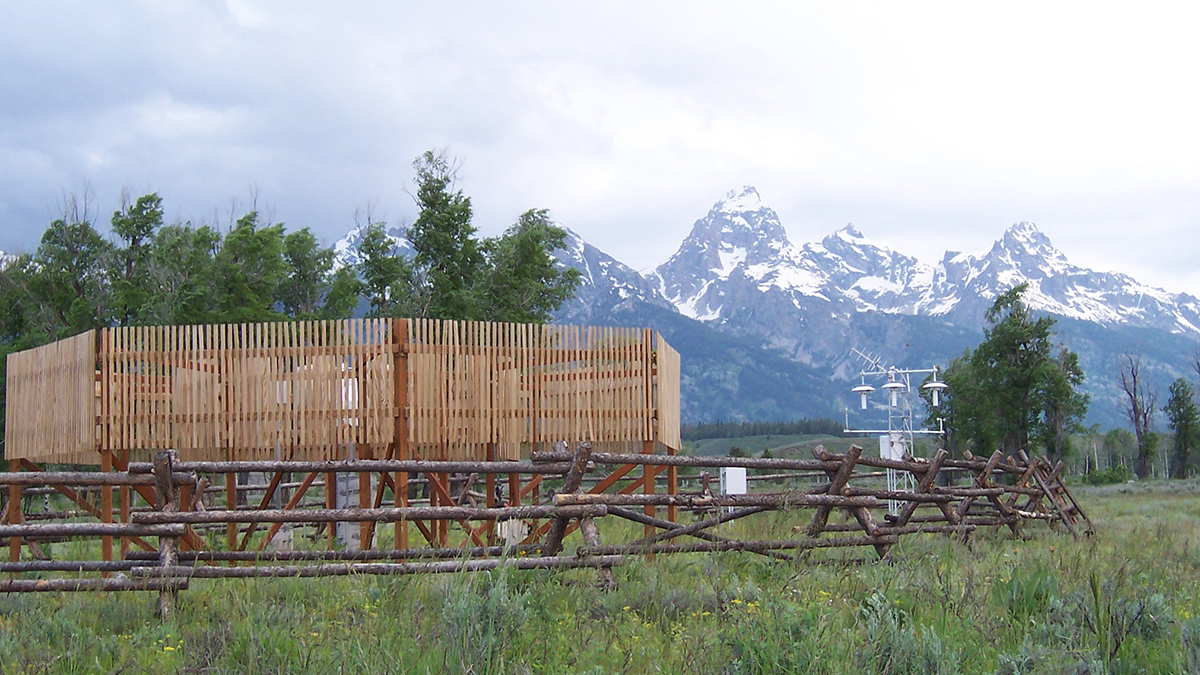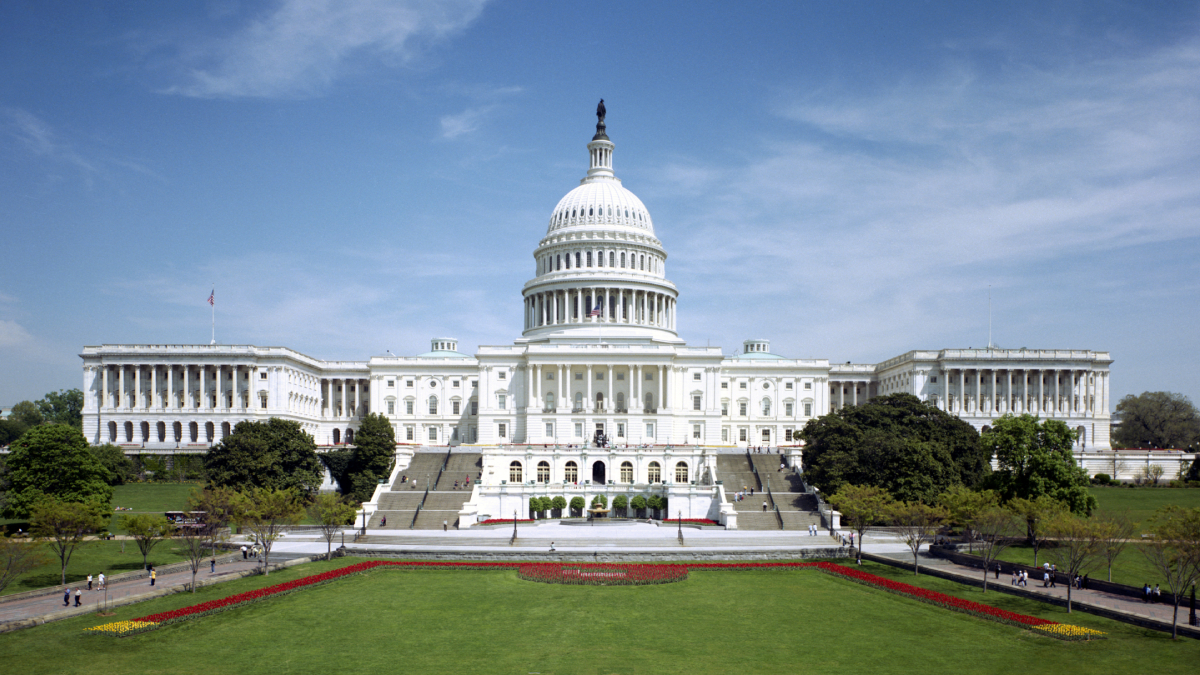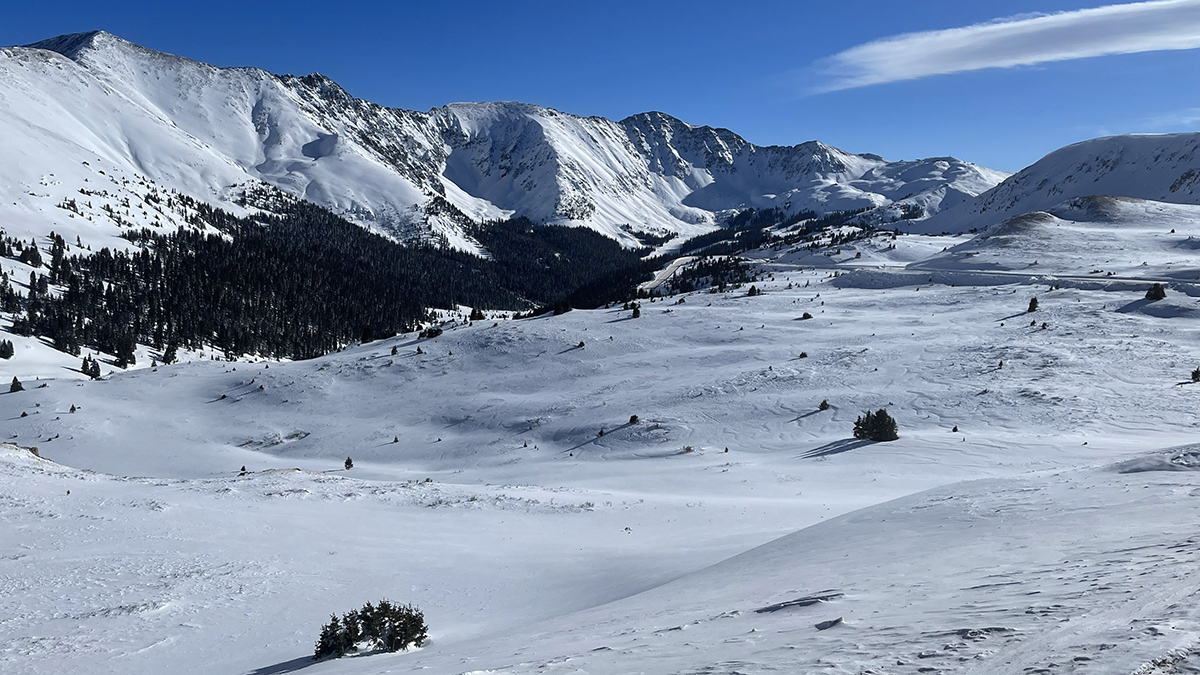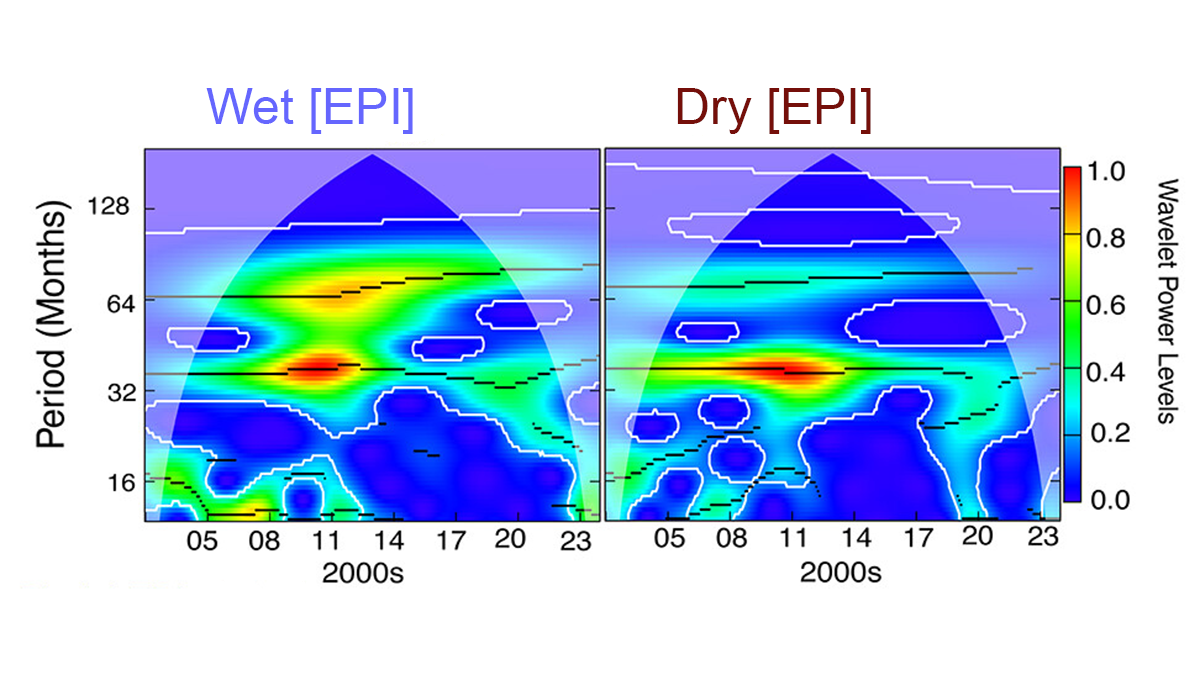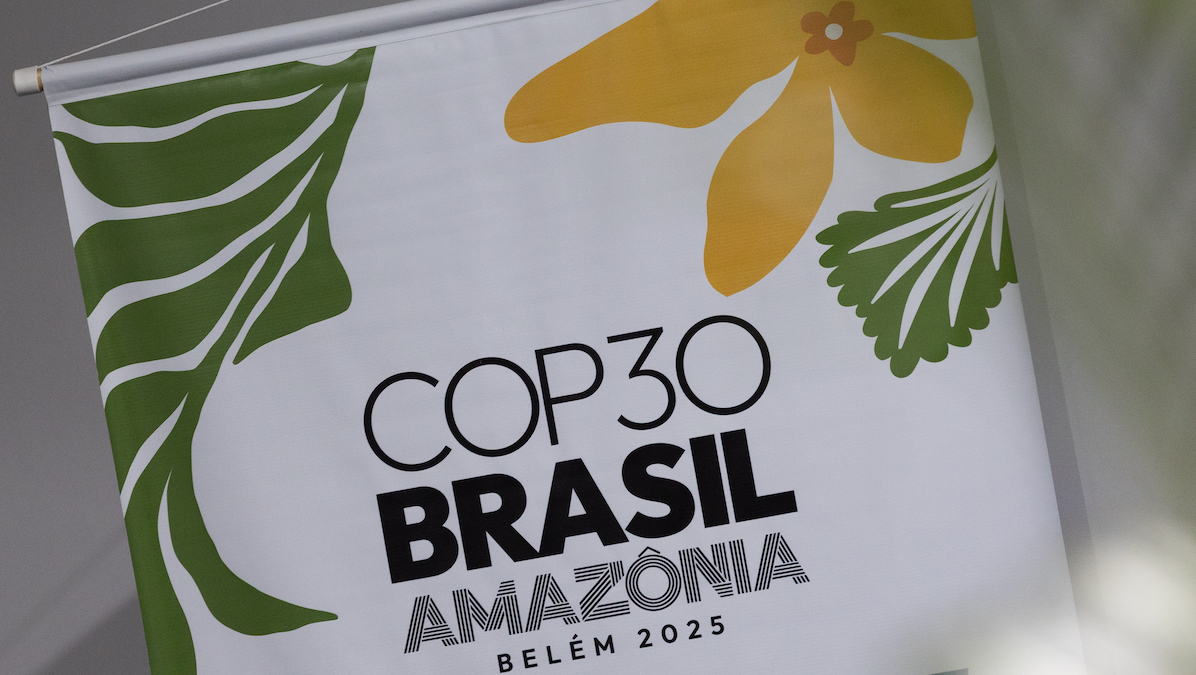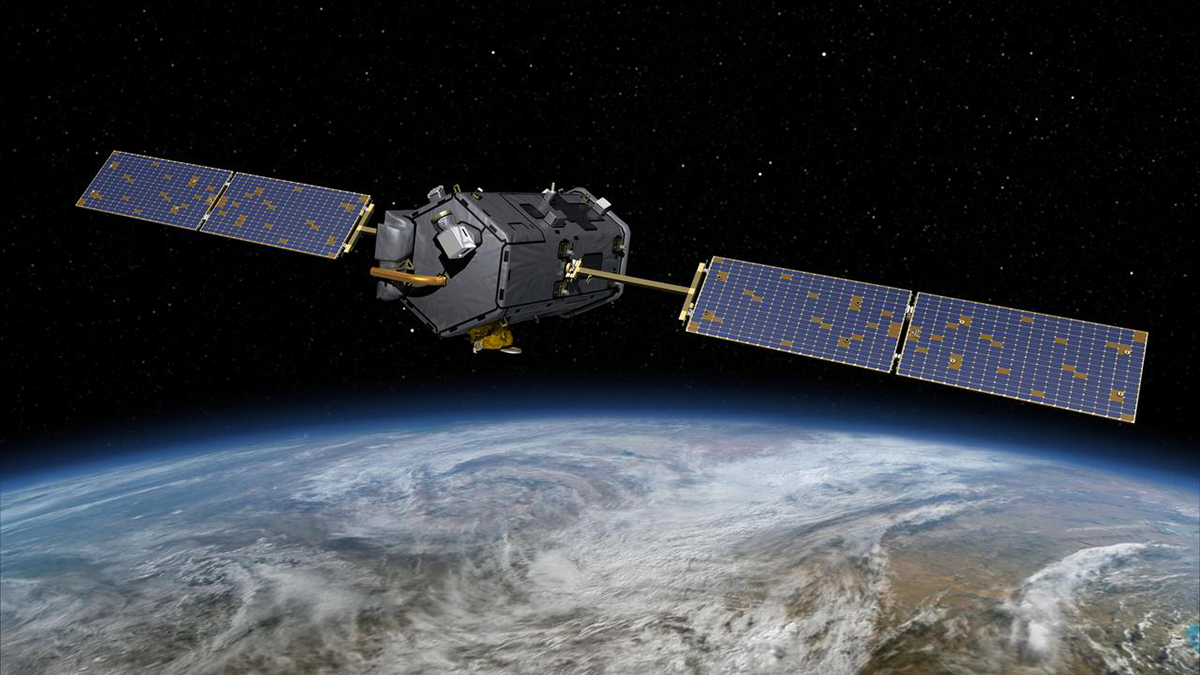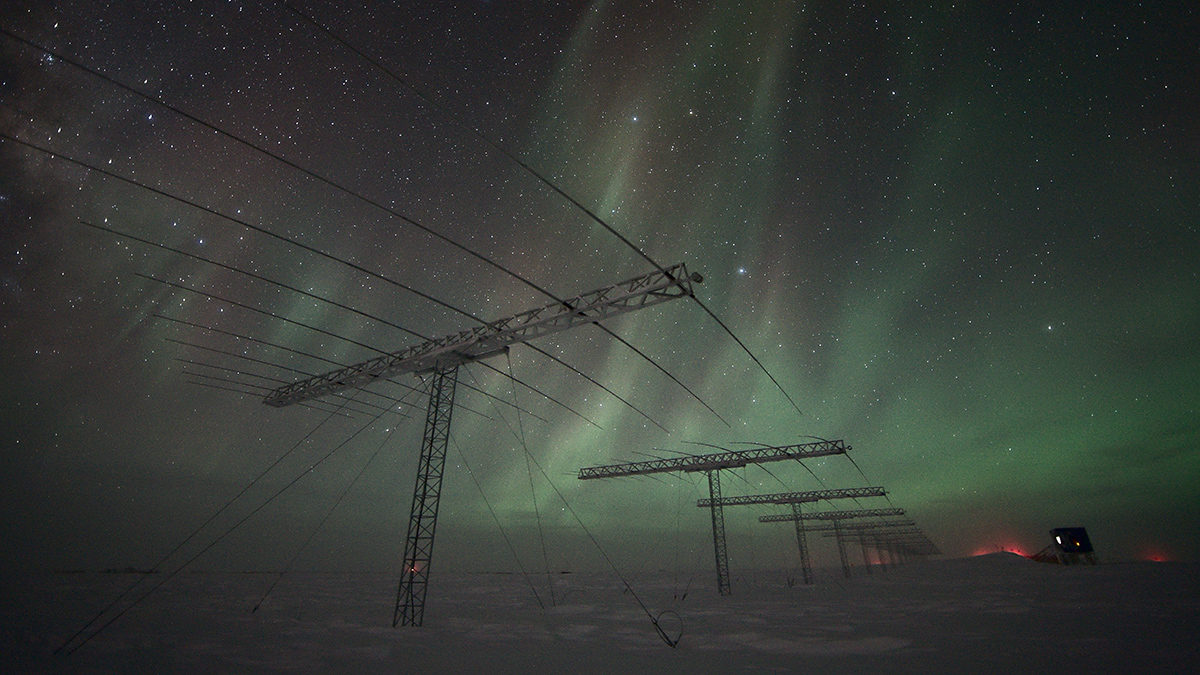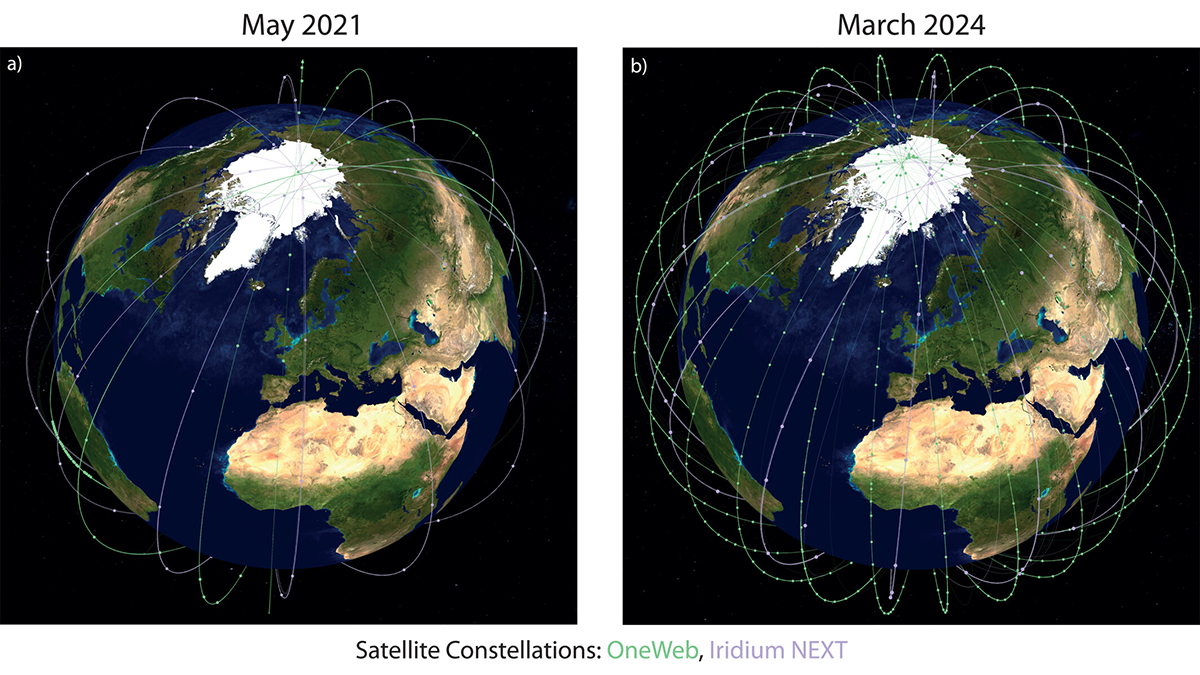The carbon cycle community calls for an integrated carbon observing system leveraging near-surface partial-column data to better resolve finer spatial scales where key processes and decisions occur.
satellites
The Looming Data Loss That Threatens Public Safety and Prosperity
Cuts to funding and staff needed to maintain trusted datasets of reference Earth system observations could limit their availability and quality, undermining hazard predictions and risk assessments.
Science Escapes Largest Cuts in Latest Budget Bills
Today, top appropriators in the U.S. Senate and House of Representatives released a three-bill appropriations package for fiscal year 2026 (FY26) that largely rejects drastic cuts to federal science budgets that President Trump proposed last year.
Satellite Radar Advances Could Transform Global Snow Monitoring
The recent SnowEx campaign and the new NISAR satellite mission are lighting the way to high-resolution snowpack monitoring and improved decisionmaking in critical river basins around the world.
Climate Variations in Tropical Oceans Drive Primarily Extreme Events
Severe droughts and floods are primarily driven by climate variations in tropical oceans, with interannual and decadal patterns playing key roles.
Global Methane Emissions Projected to Fall, According to United Nations Report
The world has made significant progress on methane mitigation since 2020, though meeting the goals of a major international pledge will require additional action, according to a United Nations Environment Programme (UNEP) report.
Understanding Relative Atmospheric Roles of Anvil and In-situ Cirrus Clouds
New framework for separating anvil and in-situ cirrus clouds provides a pathway for modeling cirrus and how regional shifts in convection could reshape global cirrus distributions and their radiative impact.
Taking Carbon Science Out of Orbit
NASA’s Orbiting Carbon Observatory-2 satellite reveals an impressively dynamic picture of the Earth’s carbon cycle, yet it may be prematurely decommissioned and destroyed due to budget cuts.
A Weak Spot in Earth’s Magnetic Field Is Going from Bad to Worse
This could be bad news for satellites and spacefarers.
Space Weather Monitoring from Commercial Satellite Mega-Constellations
Enabling unprecedented monitoring of key electric current systems in low-Earth orbit using commercial satellite mega-constellations advances space weather monitoring.


